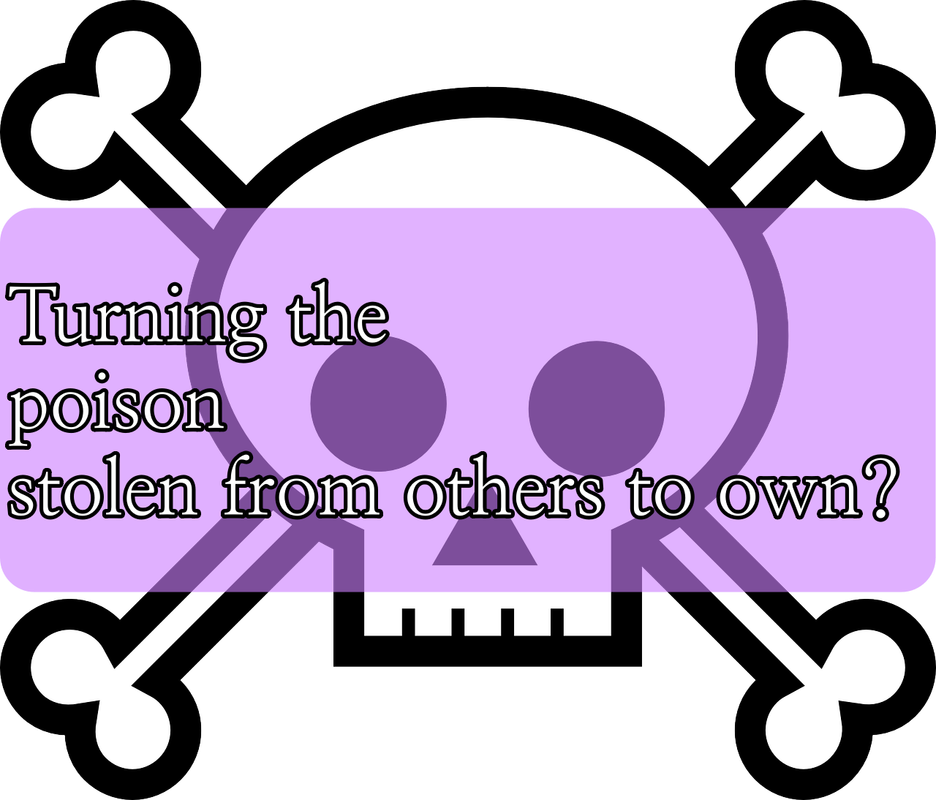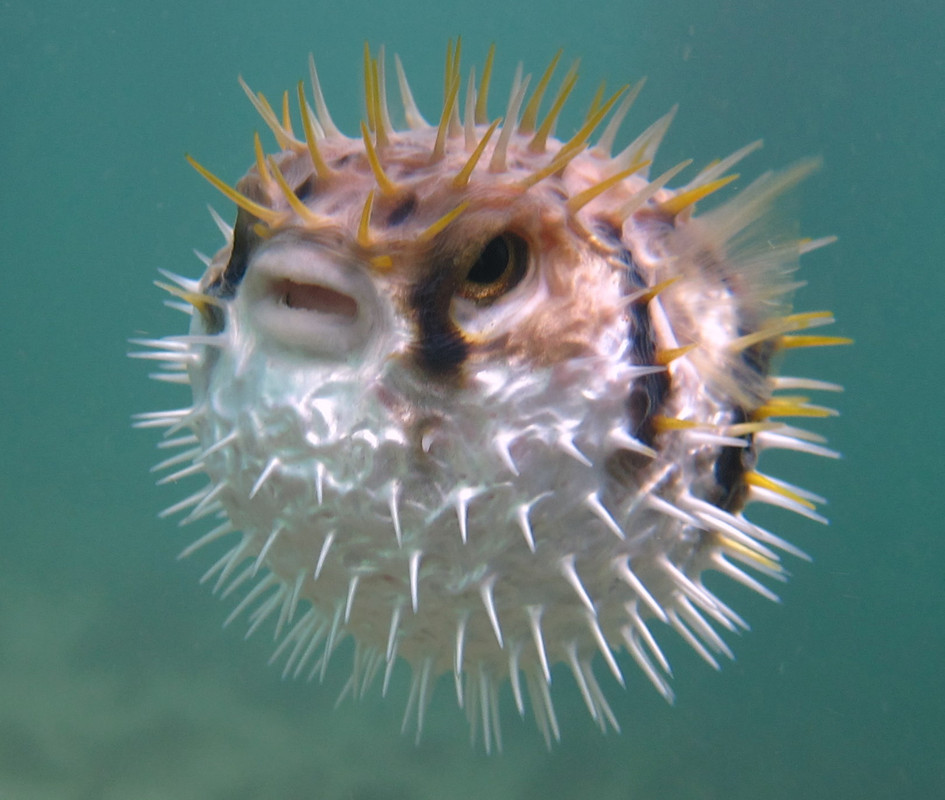Science Knowledge | In a nutshell
Turning the poison stolen from others to own weapon?
It is not acceptable to steal from others in order to profit. This, however, occurs frequently in the ecosystem.
They profit primarily from the food chain.
Rhabdophis
Among the vipers, there is the snake that is distinguished by a red band and a black band that runs down the back of the neck.
This snake has long been considered poisonous, but it has recently been classified as a poisonous viper.
Interestingly, this snake has no cells that secrete poison. How did this snake get poisonous glands despite the absence of poisonous cells?
To address these questions, Dr. Alan Savitzky and his colleagues at Utah State University in the United States have begun an experiment to determine how the Rhabdophis venom glands secrete poison. As a result, it was discovered that the poison contained in the poisonous glands was not produced by snakes.
According to the doctor, the snake's poison was extracted from its preferred prey, the toad. Toads also have poison to defend themselves, and when snakes eat toads, they extract and store the poison in their bodies.
The snake did not secrete poison at first in the case of its young, but it developed poison after eating toads as it grew up.
Through this process, they not only make toads unaffected by poison, but also make poison stronger and benefit.
In response to these results, the doctor evaluated that the process of making poison is a task that consumes a lot of energy, so if you can take others and use them, it will naturally be more advantageous for survival. It was also estimated that eating poisonous food probably seemed to have evolved in a way that defends itself.
Elysia rufescens
Elysia rufescens is a sea slug species belonging to the family Plakobranchidae. This is also a representative species that absorbs poison and turns it into its own weapon.
It is one of the types of slugs living off Hawaii.
It is famous for being able to photosynthesize on its own using photosynthetic birds and other substances, which are food. Instead of digesting some of Algae's chloroplasts, they leave them in the body so that the body can photosynthesize.
However, researchers led by Professor Mohamed Donia of Princeton University in the United States discovered that in addition to photosynthesis, slugs can absorb trace amounts of poison from algae and use it as weapons.
It's algae in Bryopsis. Microorganisms capable of producing dozens of toxic substances reside within its body. The algae serves as a haven for microorganisms, and microorganisms produce poison to defend themselves against Bryopsis's enemies. It is a symbiotic relationship in which both parties benefit.
Elysia rufescens can use these venom as a powerful weapon against enemies.
Pufferfish
Besides that, while blowfish, that famous for inflating the body when surprised, do not have a definitive study, it is assumed that they bring poison from their prey due to the fact that cultured blowfish are not poisonous.
Tags:
Science Knowledge In






